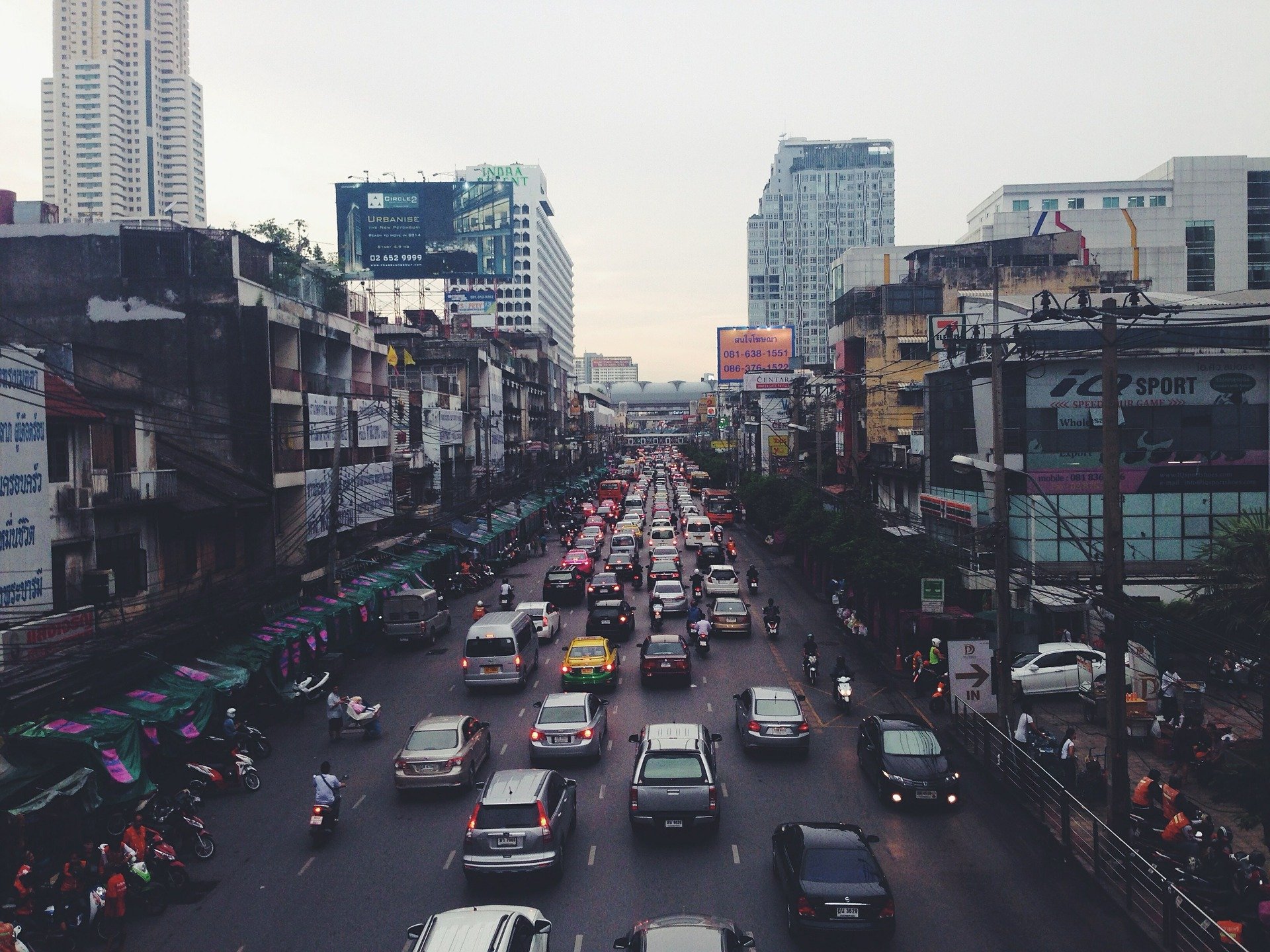Providing access to energy – vital for a decent standard of living and ending poverty – can be done in a way that is sustainable for people surviving on low incomes and for the planet, researchers have found.
As people’s living standards rise, their energy use usually does too. But a growing demand for better homes, transport and electricity does not necessarily mean runaway greenhouse gas emissions and worsening climate change.
Dr Narasimha Rao, assistant professor of energy systems at Yale University in the United States, has found it is possible to increase access to the essentials for what can be termed a ‘decent life’, without sharp rises in emissions.
His checklist for a decent standard of living includes a safe and uncrowded home, nutritious meals, clean stoves, access to water and sanitation, basic household appliances, primary education, healthcare and public transit.
By gathering data on the energy needed for these essentials around the world, he and his colleagues in the DecentLivingEnergy project aimed to identify ways for developing countries to provide the energy needed to eradicate poverty without accelerating climate change. A crucial step was to quantify how much energy is needed to provide decent living standards and to assess their contributions to greenhouse gas emissions.
The research, which centred on India, Brazil and South Africa, found it is possible to increase access to the basics within the current national levels of energy use. The research found many strategies that could improve lives and reduce emissions, such as more public transit – preferably using low-emissions vehicles running on electrical power – and better construction materials in cities.
The research could help policymakers and governments make more sustainable choices.
Obligation
‘Government has an obligation to pursue public transport – it is good for society, for health, as well as for climate,’ Dr Rao said. He says using public transport rather than private cars to meet future mobility needs in Indian cities could reduce energy demand by up to 25% and significantly reduce air pollution and emissions.
Another effective step is to encourage adequate nutrition and not just calories, where he cites India as an example.
‘We’ve learnt that both in vegetarian and non-vegetarian diets there are choices of grains, (and other) foods, that are less resource-intensive and healthier,’ he said.
And a third priority to limit greenhouse gas emissions while improving lives is to design energy-efficient buildings and to use more sustainable materials and construction methods.
‘They save money, they save energy and (still) provide adequate services for people,’ Dr Rao said.
‘The biggest energy hogs are mobility and buildings.’
Dr Narasimha Rao, Yale University, US
Dr Rao’s research, carried out with colleagues at the International Institute for Applied Systems Analysis in Austria, showed that providing the basics to escape poverty is not where the main growth in energy demand comes.
It surges when people start getting wealthier – they may be able to afford a bigger home, or want to buy a car or two.
‘The biggest energy hogs are mobility and buildings,’ Dr Rao said. ‘That’s where there’s a whole lot of affluence as well, in terms of the cars per person, and the big houses that eat up a lot of energy used in an economy.’
Extending his research to other countries, Dr Rao plans to unpick the energy costs of Europeans living in increasingly affluent societies – starting with Austria.
The aim is to identify ways people can avoid increasing their energy demands as they become wealthier.
But not every European falls into that category. Across the continent, more than 40 million people cannot afford to keep their homes warm in winter, according to the latest available figures from 2017. This amounts to about 8% of the EU population.
Poor health
The causes may vary, but the knock-on effects can be seen in poor health says Marina Varvesi, an energy and environmental consultant working towards improving the situation in Europe.
A combination of low incomes, rising energy costs and energy-inefficient homes contribute to energy poverty. This is where a household has to go without power, heating or cooling, has unpaid utilities bills or has to scrimp on other essentials to be able to pay for energy used in heating, cooling lighting and cooking.
Varvesi’s Rome-based firm, AISFOR, is coordinating the ASSIST project to train home energy advisers who can offer practical help to vulnerable consumers, including low-income families and elderly or disabled people surviving on little income.
For an elderly person battling through winter on a low pension in a draughty home with inadequate heating, that could mean advice on a more efficient heater, or about financial support that may be available, or how to avoid the most costly electricity tariffs.
‘They may even be able to help vulnerable consumers just by telling them that they are better off if they keep the heater on very lightly, rather than not at all, because of the consequences for their health,’ Varvesi said.
The home energy adviser scheme has been piloted in six European countries – Spain, Italy, Belgium, the UK, Poland and Finland – with a target to improve the lives of 46,500 vulnerable consumers.
In addition to practical advice at home, the ASSIST project is drawing up a framework for policymakers and administrators to use in addressing energy poverty, taking into account energy, health, social services and housing.
That is because inadequate winter heating has a wide impact, Varvesi says.
‘We would be very happy if we increase their (consumers’) comfort at home (through) more efficient systems, so they could reduce their health consequences and thus the health expenses,’ she said.
The research in this article was funded by the EU. If you liked this article, please consider sharing it on social media.
This article has been updated to include Dr Rao’s findings on the possible reduction of energy demand reduction if Indian cities’ meet future mobility needs with public transport.
Originally published on Horizon.

